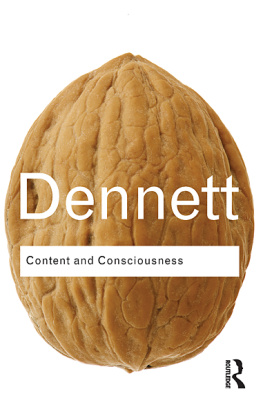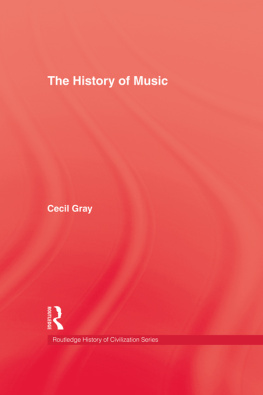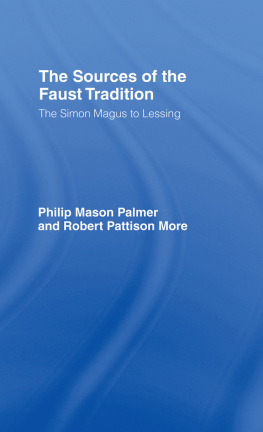First published in 1985 by
Kegan Paul International
This edition first published in 2011 by
Routledge
2 Park Square, Milton Park, Abingdon, Oxon, OX14 4RN
Simultaneously published in the USA and Canada
by Routledge
711 Third Avenue, New York, NY 10017
Routledge is an imprint of the Taylor & Francis Group, an informa business
African Studies Centre, Leiden, 1985
All rights reserved. No part of this book may be reprinted or reproduced or
utilised in any form or by any electronic, mechanical, or other means, now
known or hereafter invented, including photocopying and recording, or in
any information storage or retrieval system, without permission in writing
from the publishers.
British Library Cataloguing in Publication Data
A catalogue record for this book is available from the British Library
ISBN 10: 0-7103-0090-5 (hbk)
ISBN 13: 978-0-7103-0090-4 (hbk)
Publishers Note
The publisher has gone to great lengths to ensure the quality of this reprint
but points out that some imperfections in the original copies may be
apparent. The publisher has made every effort to contact original copyright
holders and would welcome correspondence from those they have been
unable to trace.
This book is the product of research begun in January 1978, when I was teaching history at the University of Khartoum, Sudan. Since the secondary literature on western Dr Fr is nearly non-existent and relevant travel accounts few, it is almost completely based on primary sources. The (Arabic) Mahdist Archives and (English) Condominium Archives kept at the Central Records Office, Khartoum, have been consulted intensively over a period of four years. I spent three academic vacations (in total seven months) doing oral history in Dr Maslt, Dr Qimr and al-Fshir, and interviewed Maslt residing in Khartoum during the academic year of 19801. One summer I spent in French and British Archives, while the Sudan Collection of the History Department in Bergen, Norway, was consulted during two visits of altogether three months.
In the face of uneven and relatively inaccessible sources, the reconstruction of a chronological framework and a general political history of western Dr Fr was a major undertaking. The oral sources have made it possible to go beyond this and to write the history of Dr Maslt from within, i.e. to write local history in both its political and socio-economic aspects. This is, I hope, this studys contribution to the history of Dr Fr, and this is what may make it a worthy companion to R. S. OFaheys State and Society in Dr Fr.
Many persons and institutions have directly or indirectly contributed to this research. I owe an old debt of gratitude to my history and language teachers at the University of Amsterdam and the School of Oriental and African Studies, London, particularly to Dr R. Peters, and to Prof. Dr M. C. Brands who has been a stimulus and a challenge from 1970 onwards. In Khartoum my colleagues and friends of the History Department, in particular Prof. Uthmn S. A. Isml, Prof. Muammad al-jj, Dr H. A. Ibrhm, Dr Abd al-Wahhb Bob, and Dr al-jj Hmid Muammad Khayr, have encouraged and supported me throughout. Dr M. I. Ab Salm, Director of the Central Records Office, Khartoum, has helped me in word, deed and example, while his staff has gone out of its way to help me obtain the files I needed. I am especially indebted to my students Ibrhm Yay Abd al-Ramn, who initiated me into Maslt language and history, and took me on a long walking tour through Dr Maslt in 1978, to Al Ysuf Adam, who gave me a hand with some of the Arabic manuscripts, and to Al Bar al-Dn Al Dnr and Abd Allh Buld Idris, who assisted me during fieldtrips in al-Fshir and Kulbus.
Thanks are due to the authorities in Khartoum and Dr Fr Province, especially to Sultan Abd al-Ramn of Dr Maslt, for facilitating my research where they could. Those Darfurians who have answered questions and provided hospitality are far too numerous to list here. I hereby thank them all, in particular my foster parents in E1 Geneina (the household of al-jj Dafa Allh Ajab and Azza Al Ab Shanab), my hosts in al-Fshir (the household of amr Bar al-Dn Al Dnr), and in Khartoum, the household of al-jj Muammad Amad Ab Lafta.
I would like to acknowledge the late Dr Ms al-Mubrak, who has laid the trail for historians of Dr Fr. Dr Paul Doornbos, with whom I shared some of the pleasures and rigours of field work, has been a support and source of inspiration throughout. The same is true for Dr Sean OFahey and particularly for my favourite Sudan scholar, Dr Jay Spaulding. I am grateful to these three colleagues and to Dr R. Buijtenhuijs for reading earlier drafts of this study. The African Studies Centre, Leiden, has functioned as my academic home base from 1979 onwards. For moral support and indispensable help in pratical matters I am grateful to Dr G. Grootenhuis, Dr W. van Binsbergen and Dr R. Buijtenhuijs. For typing a complicated manuscript I would like to thank Sunniva Bjrkelo, Bergen, Norway.
I am grateful to the Arts Faculty Research Board, University of Khartoum, and, in particular, the Netherlands Foundation for the Advancement of Tropical Research (WOTRO) for providing the financial support which made this study possible.
To my parents, whose minds are infinitely wider than their radius of action, I have dedicated this book.
Sint-Michielsgestel, January 1982 | Lidwien Kapteijns |
The problems of transliteration posed by a book containing classical Arabic, Sudanese colloquial Arabic and Maslt texts cannot be satisfactorily solved by a non-linguist. Quotations from Arabic documents have been transliterated according to the system used by the Encyclopedia of Islam, but with the omission of the subscript ligatures and the substition of j for dj and q for k. Quotations from oral, Sudanese colloquial Arabic texts, which cannot be retranslated into classical Arabic, have been represented phonetically, in a way which is perforce unsophisticated as long as linguistic data and research are not available. In the transliteration of place-names no consistency has been aimed at. In general the spelling used here is that of the maps of the Sudan Survey Department, but some place-names (such as al-Fshir and Kabkbiyya) have been transliterated as Arabic words. Apart from a manuscript grammar by R. Davies and the BA Honours Thesis of Ibrhm Yay (1980), the Maslt language has not been studied or described systematically. The system followed here is a modified form of that used by R. Davies.







